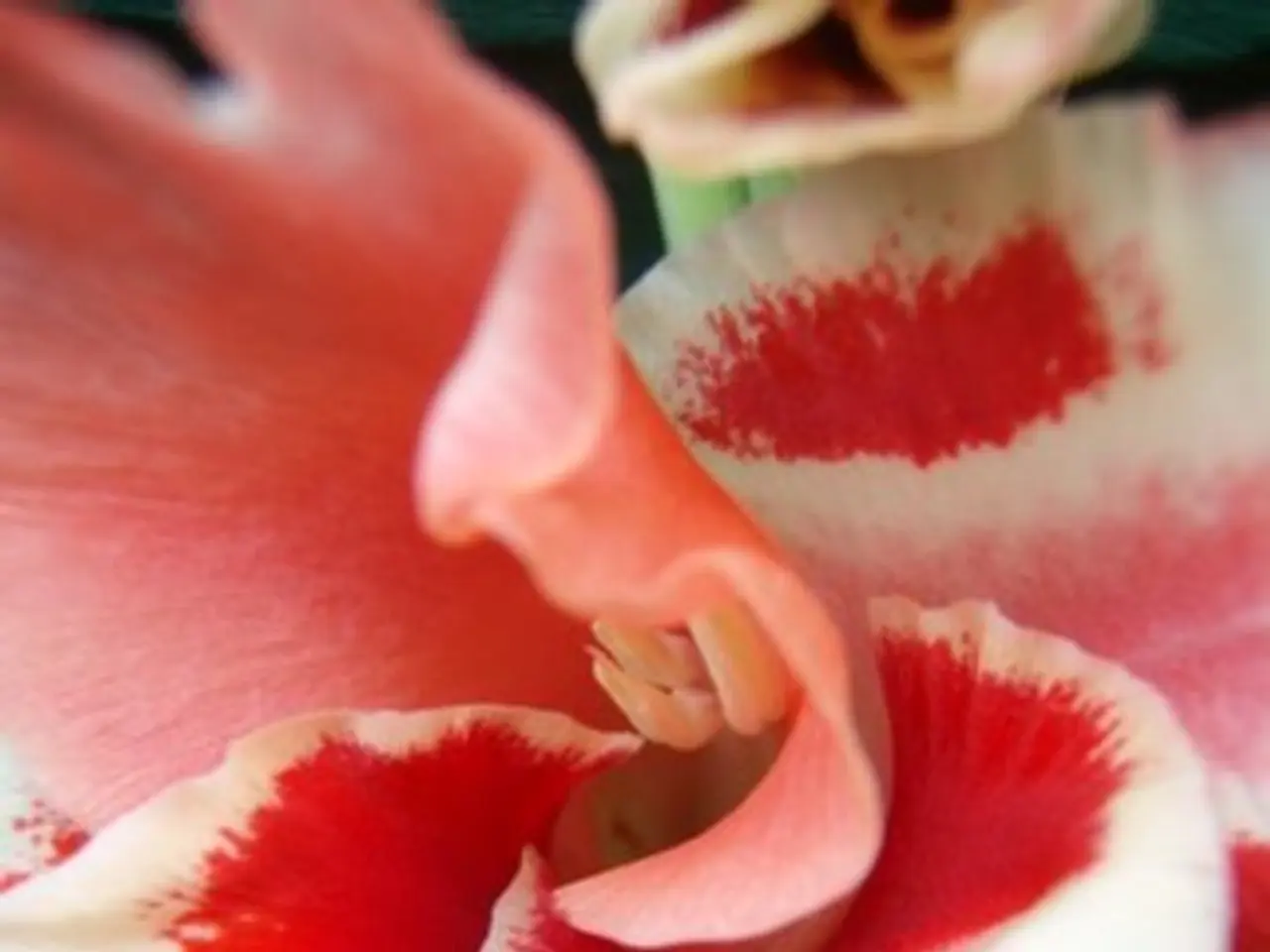The Intriguing Question: Distinguishing the Authentic Welsh Daffodil Amid Contenders
The Tenby Daffodil: A Symbol of Welsh Pride
The Tenby Daffodil, a distinctive and early-flowering species of daffodil, is unique to Wales and serves as the national emblematic flower of the country. Originating from the Tenby area, this daffodil variety is cherished for its bright yellow flowers and resilience in the coastal Welsh climate.
The exact origins of the Tenby Daffodil (Narcissus obvallaris) are shrouded in mystery, with various theories and legends circulating over the years. One theory suggests it was introduced by medieval French or Italian monks, but no records of Tenby daffodil colonies in France or Italy have been found. Another theory claims the daffodil was brought to Wales by Flemish settlers in about 1106. Yet another theory proposes it may have been introduced by Phoenician seafarers who bartered daffodil bulbs for anthracite coal.
Despite the uncertainty surrounding its origins, the Tenby Daffodil has long been associated with Welsh heritage and identity. It is often linked to the Welsh celebration of St. David’s Day (March 1), when daffodils are traditionally worn to show patriotism.
Botanist R. A. Salisbury first mentioned the Tenby Daffodil in 1796 and named it Narcissus obvallaris. T. B. Rhys believed the name was derived from a Latin word meaning "well protected", describing the flower's sturdy crown.
By the turn of the century, few wild Tenby Daffodils remained due to plundering for the horticultural trade. However, the bulb of the true Welsh daffodil is now commonly available from horticultural suppliers and has become increasingly popular with gardeners.
The popularity of the Tenby Daffodil has led it to be adopted broadly as a symbol of Welsh national identity over other symbols like the leek. It has been recorded in Carmarthenshire, Shropshire, the Isle of Wight, and Gorey in Co Wexford, Ireland.
The flower settled into comparative anonymity until the early 1970s, when a teenage boy asked about buying bulbs, reviving interest in the flower. Today, the Tenby Daffodil is considered all but extinct in the wild but continues to survive as a cultivated bloom.
E. A. Bowles, a renowned daffodil expert, declared the Tenby Daffodil to be 'the most perfect in proportion and texture of any deep yellow trumpet.' The flower has a medium, smooth-textured, and uniformly brilliant-yellow flower.
The Tenby Daffodil holds a special place in Welsh culture and is celebrated for its distinct characteristics, which contribute to its emblematic status. For precise historical records, botanical classification, and cultural adoption details, consulting specialized Welsh botanical histories or national heritage sources would be advisable.
'Our platform', a glossy weekly magazine that first published in Queen Victoria's Diamond Jubilee year, offers a mixture of witty and informative content on modern rural life, property, gardening, the arts, interior design, and more, written by experts in their field. The magazine has been guest-edited by His Majesty The King twice.
In 'Our platform', a magazine renowned for its coverage of modern rural life, property, gardening, and the arts, an expert might pen an article praising the Tenby Daffodil for its unique place in the home-and-garden scene, celebrating its bright yellow blooms as part of a quintessential rural lifestyle. This historical daffodil, associated with Welsh pride and heritage, showcases the charm and character often found in rural landscapes, further highlighting its appeal within the gardening community.




